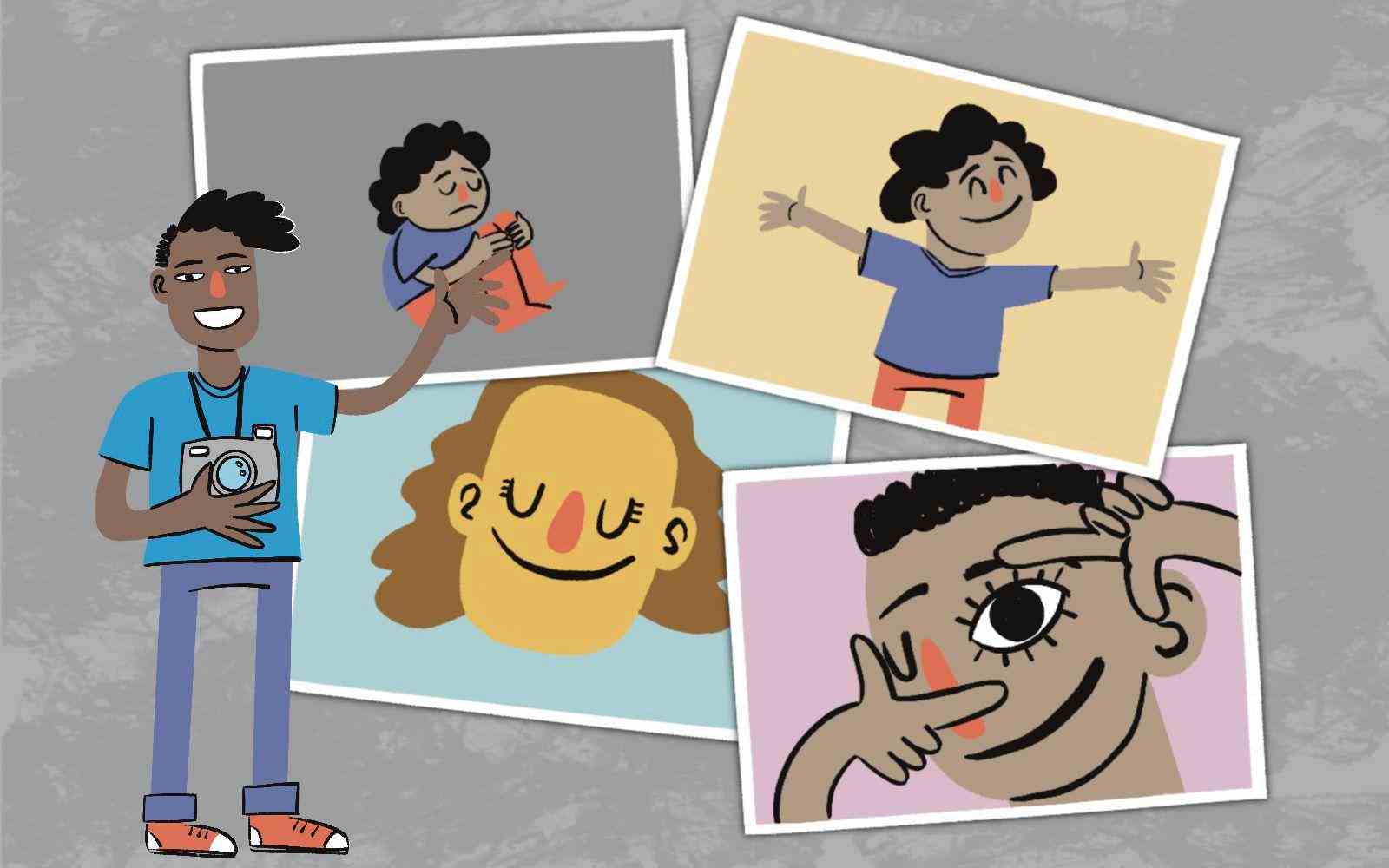Empowering Lives: Heidi and Cory's educational path with Time for Change and mental wellness
Journey through the path of two educators in shaping their students' relationships through social-emotional learning. With the Time for Change program and mental health skills, students find resilience, purpose, and success beyond classroom walls.

This story is about two educators from a Title I school district in the US and their experiences implementing the Time for Change program in their state along with their current mental health program. Heidi works in a state level department of public instruction developing and implementing a program for advancing wellness and resiliency education. She is the ambassador for the Time for Change program. Cory is one of the local district coordinators of the program, serving students from 6th to 12th grade. He helps students who lack coping and resilience skills by offering a space where students can take a moment for themselves, providing a sense of community and support.
The program focuses on social-emotional learning and includes four changemaking abilities: conscious empathy, teamwork, leadership, and action. It has been particularly effective in helping students who feel misunderstood or angry. By offering resources and a supportive environment, students have shown positive changes in their behavior. As Cory shares, "They feel like they don't have a person within the school setting that gets them or understands them." The program fills this gap and complements the school's mental health initiatives.
Among the activities offered, Cory mentioned a photography workshop. One of the participants, a student from a low socioeconomic background who experienced trauma growing up in a challenging background, became one of the leaders of the project. He took ownership of his learning and made the most of that experience. He worked closely with the professional photographer leading the training and developed his artistic abilities. He was, then, able to articulate the impact of the project on his life and showcased his work in a photography exhibit in front of school board members, peers, and parents. This experience opened his eyes to new possibilities and boosted his self-esteem. As a result, he is now on track to graduate and has even been offered job opportunities in the field.
The program has overcome various barriers. Since most of the schools are in rural areas, there is a shortage on mental health services being provided. At the same time, in those regions a lot of the students’ parents have not completed high school. As a result, many young people do not see value in education. By creating this collaboration between state education agency, local education agency and community nonprofits they have been able to find a pathway against these difficulties, making concrete changes and valuing student voice in the process. They have shown that education can be an experience that offers opportunities for growth and success. Through job opportunities, job skills training, and basic necessities, the program has empowered students and helped them see the value of education.
Heidi and Cory emphasized the importance of building relationships with students and creating a supportive environment. One student, known for cursing and being aggressive in the classroom has changed his behavior after teachers started working on relationship building with him. He learned to advocate for himself, instead of becoming aggressive. “We're teaching them how to cope and handle real life situations that will be beneficial for them once they leave our program and enter into the community and the real world as they become an adult”, says Cory. They have also worked to change the mindset of students who may have felt that no one cared about their best interests. By showing genuine care and providing resources, the program has fostered trust and opened avenues for student growth.
Through social-emotional learning and opportunities for personal growth, students have developed resilience, coping skills, and a sense of purpose. Cory shares his thinking behind this initiative: “they're in the process of developing what they want to achieve. Some of the things that they're working on, is to find things within their life that are important to them, that speaks to them, that empowers them. Because of these competencies, we're able to work with the student for them to become their best self”. By creating supportive environments and empowering students, the program has transformed their lives and equipped them with the skills needed to succeed beyond the classroom.